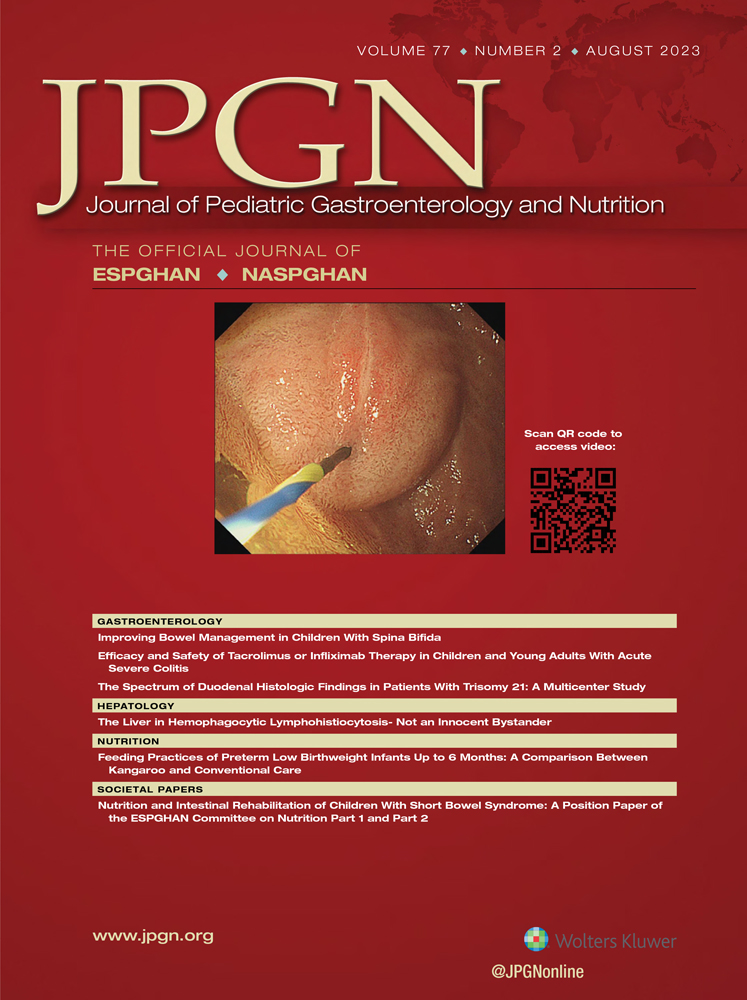Improving Bowel Management in Children With Spina Bifida
The authors report no conflicts of interest.
Sources of Funding: This study was supported by the Kaul Pediatric Research Institute of the Children’s of Alabama Foundation.
This article has been developed as a Journal CME and MOC Part II Activity by NASPGHAN. Visit https://learnonline.naspghan.org/ to view instructions, documentation, and the complete necessary steps to receive CME and MOC credits for reading this article.
Abstract
Objectives:
In individuals with spina bifida (SB), bowel incontinence is associated with lower quality of life and lower likelihood of employment. In an effort to maximize bowel continence in children and adolescents, we created a bowel management assessment and follow-up protocol in a multidisciplinary clinic. Here we report the results of this protocol using quality-improvement methodology.
Methods:
Continence was defined as no unplanned bowel movements. Our protocol involved: (1) a standardized 4-item questionnaire about bowel continence and consistency; (2) if the patient was not achieving continence, an intervention starting with oral medication (stimulant and/or osmotic laxatives), and/or suppositories (glycerin or bisacodyl) followed by an escalation to trans-anal irrigation, or continence surgery; and (3) follow-up phone calls at regular intervals to monitor progress and make changes as needed. Results are summarized with descriptive statistics.
Results:
We screened 178 eligible patients in the SB clinic. Eighty-eight agreed to participate in the bowel management program. Of those who did not participate, the majority (68/90, 76%) were already achieving continence with their bowel regimen. Of children in the program, most (68/88, 77%) had a diagnosis of meningomyelocoele. At 1 year, the proportion of patients who were bowel accident free improved to 46% (vs 22% initially, P = 0.0007).
Conclusions:
A standardized bowel management protocol, primarily the use of suppositories and trans-anal irrigation to achieve social continence, as well as frequent telephone follow-up, can reduce bowel incontinence in children and adolescents with SB.




